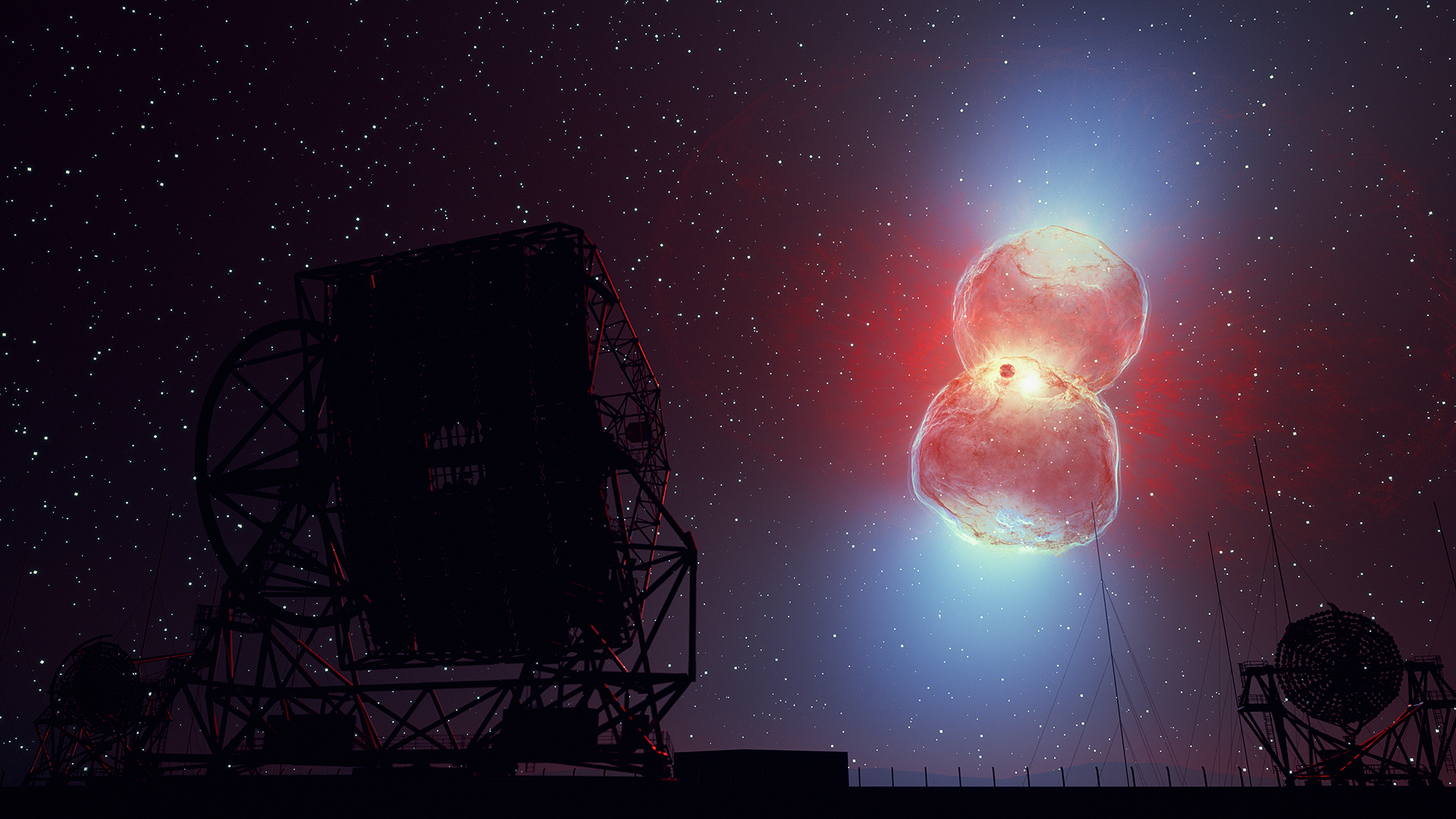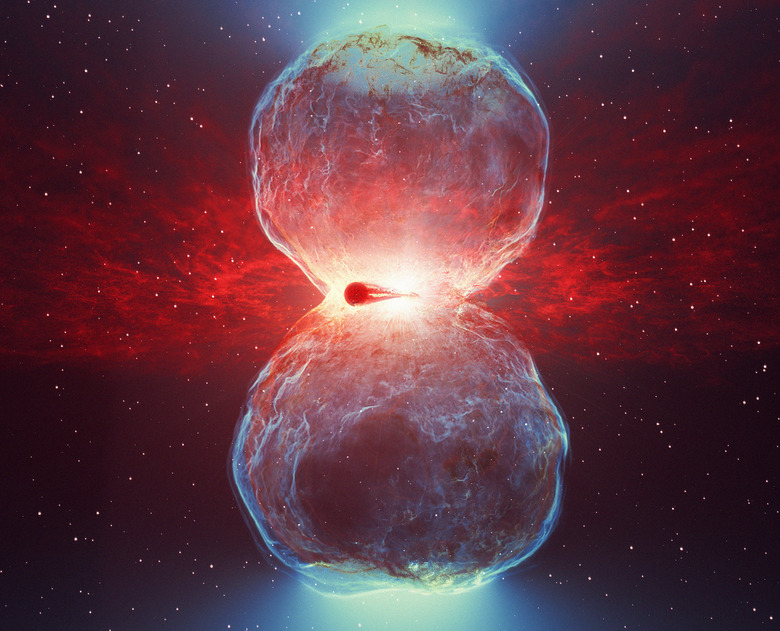Don't Miss This Once-In-A-Lifetime Chance To See A Rare Star Explosion
Skywatchers have one big thing to look forward to beyond April's total solar eclipse. Astronomers say that the stars of T Coronae Borealis or T CrB, a binary system that resides roughly 3,000 light years from Earth, will be visible during a rare nova explosion later this year.
The explosion is expected to be visible for an entire week when it happens, and NASA forecasts it could happen anything between now and September. Once astronomers have nailed down a more precise timing, we'll be sure to provide an update so you can make sure you're able to catch sight of it in the sky.
Rare nova explosions like the one expected to hit T CrB this year only unfold around once a century, astronomers say, making this a once-in-a-lifetime viewing. These events happen whenever a collapsed white dwarf star and a red giant star come too close to each other. This raises the temperature of the red giant's surface immensely. Temperatures tend to spike from around 4,000 to 5,800 degrees Fahrenheit to a much hotter 360,000 degrees Fahrenheit.

This is, obviously, a huge increase, and it causes the red giant to expel the outer layers onto the white dwarf. This creates a massive explosion on the same level as a nuclear bomb going off, unleashing a burst of energy up to 100,000 times greater than the annual output from our Sun.
After the explosion, the star cools down to its original temperature and slowly begins the cycle anew. Novas like this are exceptionally unique in that they don't destroy the star like a supernova. Instead, T CrB and the two stars within the system have continued to erupt for years, with the most notable eruptions dating back to 1946 and 1866, though accounts suggest it has been visible during its nova phase for centuries.
One thing that makes this rare nova explosion unique, too, is the fact that it completes its cycle in just a week. The peak brightness is so intense, too, that it will be visible to the naked eye from here on Earth for several days and for over a week with binoculars or a telescope. Now, all we need to do is figure out exactly when it will happen.
The last time this rare nova explosion took place was 1946, which means it is roughly working in a 79-year interval. As such, the next explosion isn't expected to take place until 2103, which means most of us aren't likely to have another chance to see this rare occurrence.
In its current state, T Coronae Borealis is invisible to the naked eye, with a magnitude of just +10. However, it will bounce to a magnitude of +2 when the explosion happens, making it a bright, new star in the night sky. To see the explosion best, you'll want to look for it in the constellation Corona Borealis, or the Northern Crown, which is found near Bootes and Hercules, NASA says. The outburst of energy released during the nova will make it appear as if a new star has popped up in the sky.
